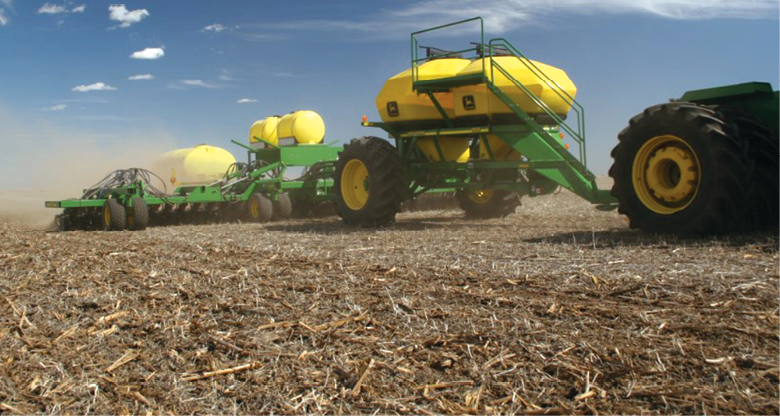No-Till Farmer
Get full access NOW to the most comprehensive, powerful and easy-to-use online resource for no-tillage practices. Just one good idea will pay for your subscription hundreds of times over.

When no-tillers have problems maximizing yields, the cause can often be traced back to the start of the growing season, when no-till drills and air seeders started making their passes.
Equipment setup, ballast requirements, disc blade conditions, down pressure and planting speed are critical considerations sometimes overlooked, says ag consultant Phil Needham of Calhoun, Ky.
Below are several tips Needham shared during last January’s National No-Tillage Conference that could help no-tillers boost the performance of their no-drills and air seeders.
To achieve consistent emergence and high yields, it’s important to get all seeds to the same depth — preferably pressed into moisture — and to close the slot, Needham says.
If a no-tiller is facing higher levels of residue — for example, when seeding double-crop soybeans into wheat stubble — moisture may be deeper because the wheat has probably drawn some of the moisture out of the upper soil profile, Needham says.
“So you seed deeper to penetrate through the residue and to put the soybeans consistently into moisture,” he says.
Seeding deeper might require adding some weight to the drill or air-seeder, especially when the ground is hard or the residue is tough, but Needham often finds his customers aren’t taking this action.
“For every mile per hour you increase forward speed over 5 mph, it takes another 10% additional down force — and that’s cumulative — to keep your opener in the ground,” he says.
Machine speed can have a major impact on…